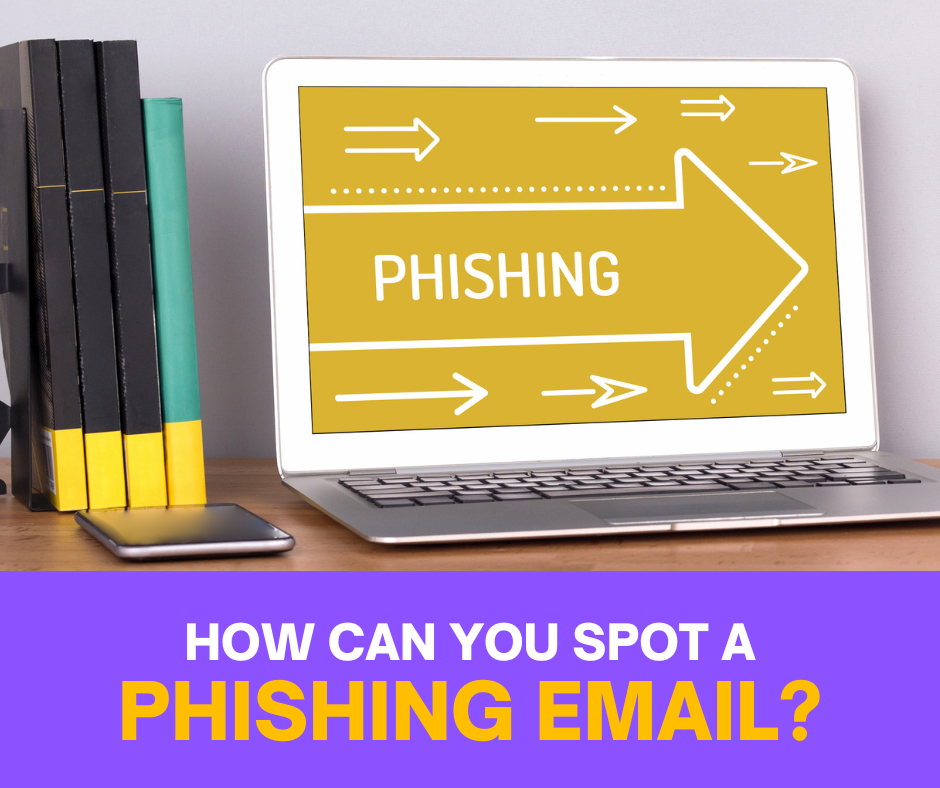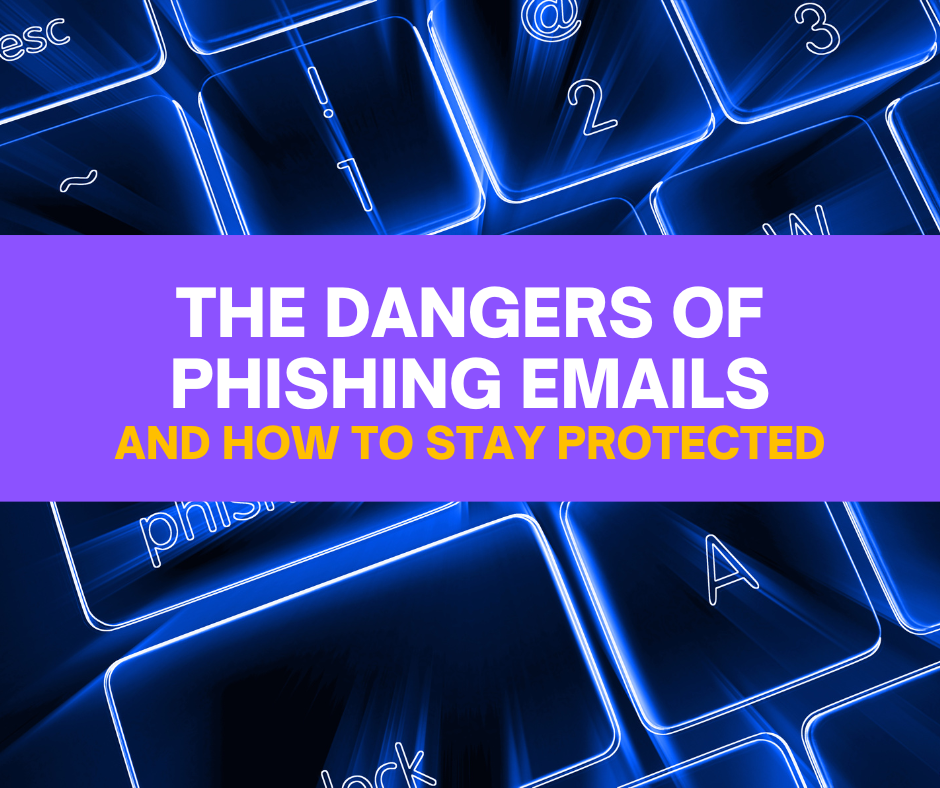Introduction: Phishing emails are a dangerous and ever-present threat to your personal and business accounts. These insidious attacks aim to manipulate individuals into revealing sensitive information, such as login credentials, banking details, or even confidential business data. In this blog, we will outline the three stages of a phishing attack and provide tips on how to spot and protect yourself from these threats.
Stage 1: The Bait: The first stage of a phishing attack involves the attacker gathering your email ID to target your personal or business account. This information can be acquired from data breaches, social media profiles, or a simple Google search. Once they have your email address, they can craft a convincing phishing email to compromise your account.
Stage 2: The Hook: In the second stage of a phishing attack, the bad actors will try to gain your attention by creating a sense of urgency, reflecting importance, or providing a lucrative offer. This is where they will design an email that appears to be from a trusted source, such as your bank, a popular online retailer, or even a friend or colleague. The goal is to make you believe the email is legitimate and requires immediate attention.
Stage 3: The Catch: The final stage of a phishing attack is where the bad actors get you to respond. This can involve clicking on a link, opening an attachment, or providing personal information in response to the email. Once they have your information, they can carry out their objectives, which may include stealing your identity, gaining access to your accounts, or even holding your data for ransom.
How You Can Spot a Phishing Email:

Look for spelling errors: Genuine emails from reputable sources rarely contain spelling or grammatical errors. If you notice errors in an email, be cautious and do not click on any links or provide any information.
Refrain from clicking on attachments: Attachments can contain malware that, once opened, can infect your device and compromise your data. Always be cautious of unexpected attachments and verify the sender’s legitimacy before opening.
Hover over the link: If an email contains a link, hover your mouse over it without clicking. This will reveal the URL, allowing you to check if it matches the mentioned website. If the URL appears suspicious, do not click on it.
Look for unusual subject lines: Phishing emails often use subject lines that create a sense of urgency or imply a problem with your account. Examples include “Your account is at risk” or “Click the link to update your password.” Be wary of these tactics and verify the email’s legitimacy before taking action.
Did you know that it would take a hacker 1 million years using brute force to break your password with 14 characters with a combination of numbers, upper case, and lowercase letters and symbols. For example, L@ke-Eri3-is-!
To reduce the risk of email attacks, we recommend the following best practices:
- Use passwords with no less than eight characters.
- Avoid using the same passwords for multiple accounts or credential stuffing.
- Change your passwords frequently.
- Always use multi-factor authentication when offered.
In conclusion, phishing emails pose a significant risk to individuals and businesses. By comprehending the stages of a phishing attack and learning to recognize the red flags, you can safeguard yourself and your sensitive data from falling prey to malicious actors. It is crucial to remain alert and consistently exercise caution when handling emails from unknown sources. Empowering yourself with knowledge and vigilance is vital to thwarting phishing attacks and maintaining the security of your personal and professional information.
Schedule a discovery call with us today to better protect your organization form email phishing.
Full-Stack IT Services: Infinavate Consultancy Services has a 20 year history as a national, boutique and Certified Minority Owned IT Solutions and Consulting Firm. Our core business offerings include business process automation, digital transformation, and cybersecurity fortification.

“We asked for specific skill sets and we got it [from Infinavate]. We required a high degree of acumen that we had a hard time finding resources for.” – CSL Plasma

